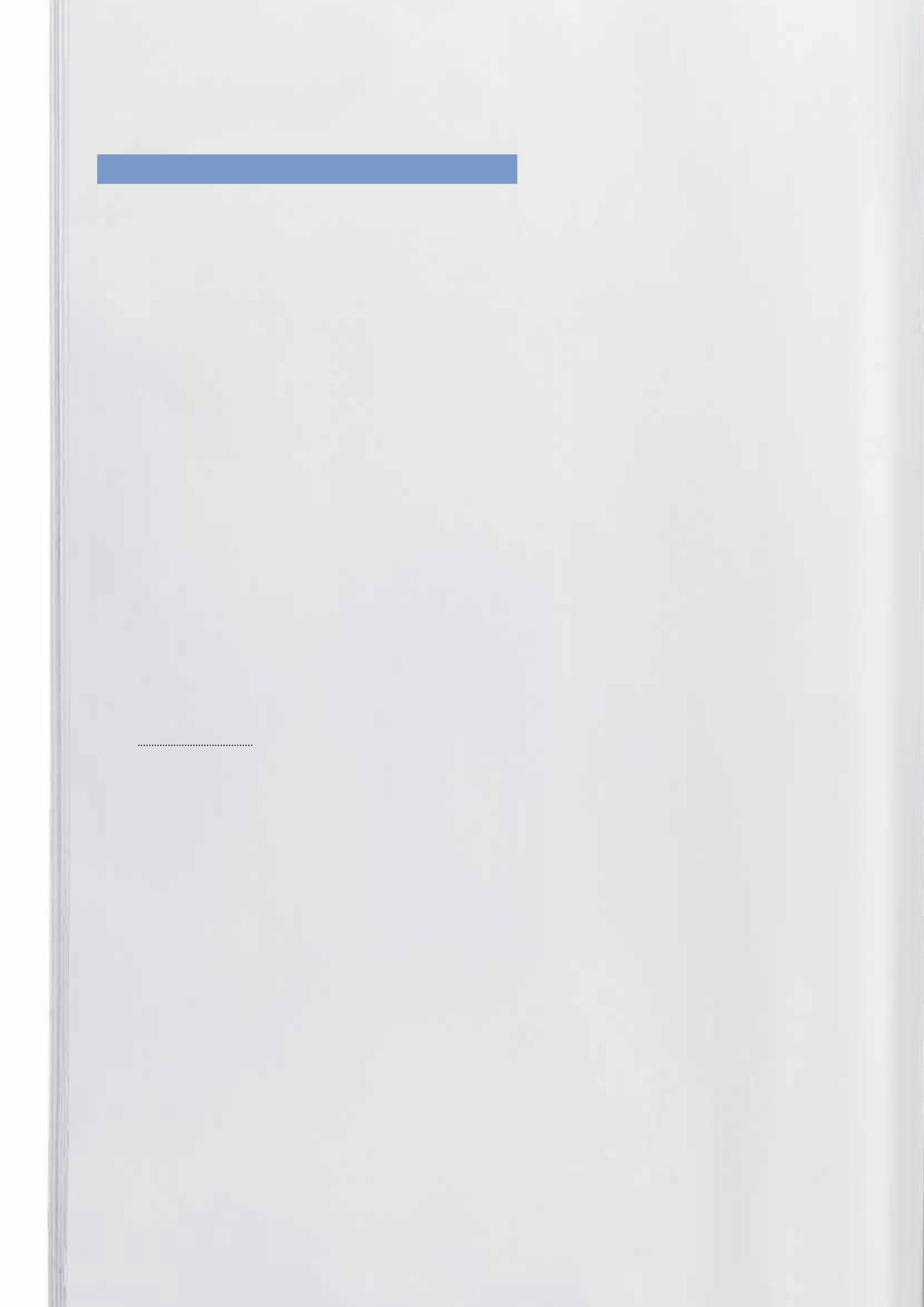
68
2. SUMMARY OF SIGNIFICANT ACCOUNTING POLICIES (cont’d)
GOODWILL (Cont’d)
For the purpose of impairment testing, goodwill is allocated to each of the Group’s cash-generating units expected to
benefit from the synergies of the combination. Cash-generating units to which goodwill has been allocated are tested
for impairment annually, or more frequently when there is an indication that the unit may be impaired. If the recoverable
amount of the cash-generating unit is less than its carrying amount, the impairment loss is allocated first to reduce the
carrying amount of any goodwill allocated to the unit and then to the other assets of the unit pro-rata on the basis
of the carrying amount of each asset in the unit. An impairment loss recognised for goodwill is not reversed in a
subsequent period.
On disposal of a subsidiary or the relevant cash-generating unit, the attributable amount of goodwill is included in the
determination of the profit or loss on disposal.
INVENTORIES
- Inventories are stated at the lower of cost and net realisable value. Cost comprises direct materials and,
where applicable, direct labour costs and those overheads that have been incurred in bringing the inventories to their
present location and condition. Cost is calculated using the weighted average method. Net realisable value represents
the estimated selling price less all estimated costs of completion and costs to be incurred in marketing, selling and
distribution.
LEASES
- Leases are classified as finance leases whenever the terms of the lease transfer substantially all the risks and
rewards of ownership to the lessee. All other leases are classified as operating leases.
The Group as lessor
Rental income from operating leases is recognised on a straight-line basis over the term of the relevant lease unless
another systematic basis is more representative of the time pattern in which use benefit derived from the leased asset is
diminished. Initial direct costs incurred in negotiating and arranging an operating lease are added to the carrying amount
of the leased asset and recognised on a straight-line basis over the lease term.
NOTES TO FINANCIAL STATEMENTS
March 31, 2013


